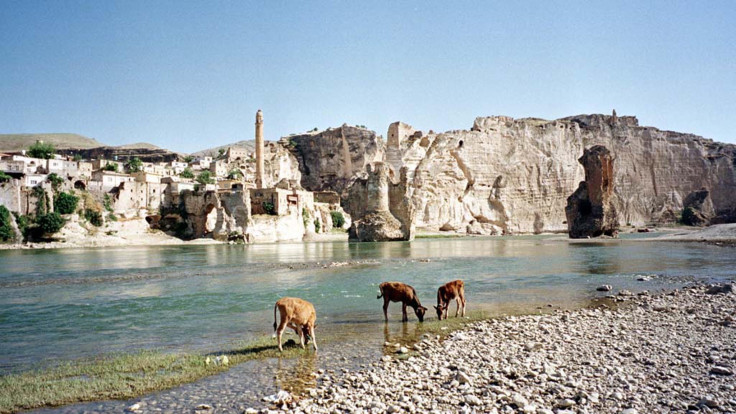Researchers Use Viral Map to Find Origin of English Language...In Turkey

The English language is a member of the large Indo-European language family, spoken in a wide swath of the world - North America, South America, Africa, Australia, and much of southeast Asia speaks a language that belongs in the family. While it is indisputable that the language family is spoken by a large chunk of people, its origins are more questionable. One predominant theory had placed the origins of the languages in the Pontic-Caspian steppes. Now a team of researchers has concluded that the origins of the English language, as well as the other languages in the Indo-European family, are in a region of Turkey.
Quentin D. Atkinson from the Australian National University and England's University of Oxford, along with his team of multinational researchers from Australia, Belgium, the Netherlands, New Zealand and the United States, used a rather interesting method to discover what they believe is the origin of the language family. They borrowed a technique used in mapping the family trees of viruses. Their map led them to establish the origin of the language family in Anatolia, a southern peninsula of what is now Turkey, between 8,000 and 9,500 years ago.
When mapping the family history of viruses, scientists compare their DNA. For this study, the researchers compared cognates for two languages, which look similar and mean the same thing. For example, the English "chair" is a cognate for the French "chaise".
The researchers used a total of 100 languages to map their tree, including 20 extinct ones. The extinct ones, like Hittite, were used because they were in existence 3,000-some odd years ago, providing linguists a way to reach back in time.
They then incorporated important historical events, like the fall of the Roman Empire, to discern a time period for the languages' evolution.
They theorize that the languages spread with the emergence of agriculture, as farmers moved to find new land. They concede though that agriculture is probably not the sole reason for the spread. Just by looking at a map, it is easy to see the role that colonialism has played as well.
The other theory about the spread of the Indo-European languages contends that they came from the Pontic-Caspian steppes and spread as the semi-nomadic Kurgan people traveled.
The study appears in the journal Science.



























